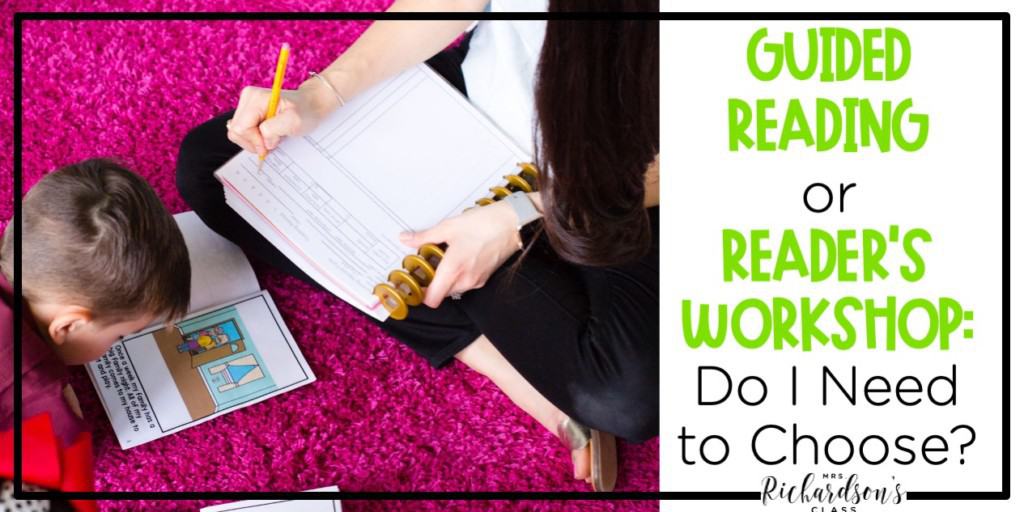
I chatted with a brand new teacher who was trying to figure out which reading instruction model she should choose: reader’s workshop or guided reading. Not to mention, there’s also the book club model (or literature circles). She read the professional development books, asked her teaching team for opinions, and searched Pinterest until her eyes crossed.

She didn’t realize that she did not have to choose one or the other.
Guided reading and reader’s workshop can coexist in the balanced literacy framework. They are not mutually exclusive. Let’s dig into both to better understand each of them and how they work together.
Guided reading ultimately serves as a time of coaching and guiding support so students can read at their instructional level and then advance. The teacher provides instruction to help the students move from instructional to independent on that specific reading level. Students receive explicit instruction on their instructional reading level, and the teacher gets an in-depth understanding of each students’ reading weaknesses and strengths.
The entire guided reading lesson also includes word work, sight word practice, comprehension skill development, and sometimes a quick write. You can find the complete and detailed structure of a guided reading lesson HERE.
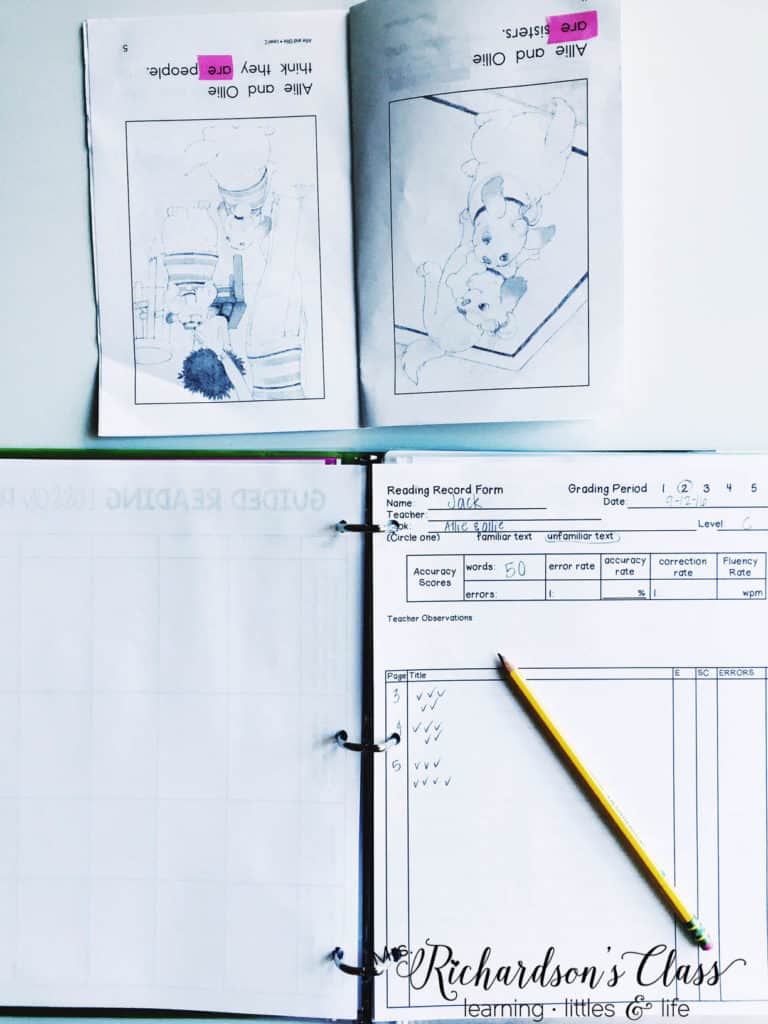
Students who are not at the guided reading table participate in literacy centers where they read independently and with partners, practice phonics skills, write, and practice other important components of literacy.
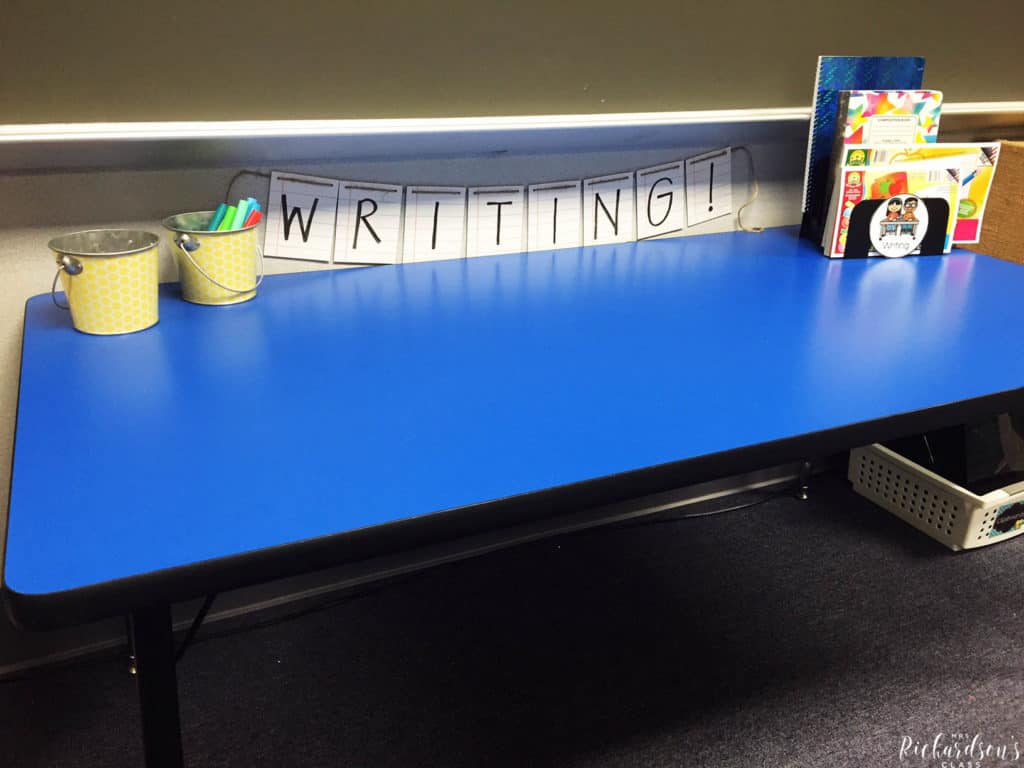
Think of reader’s workshop as a big umbrella of a reading block. It might have several components like read alouds, shared reading, independent reading, guided reading, listening to books, and buddy reading. You can implement it in several different ways, but it follows a similar routine as the basic writer’s workshop:
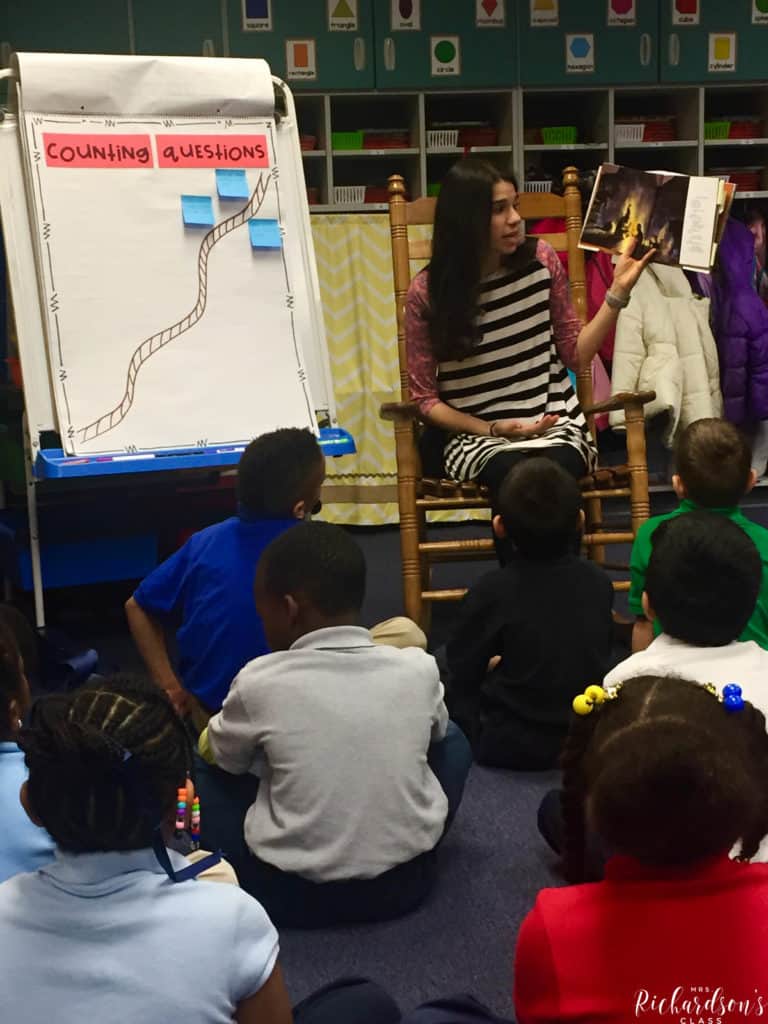
Reader’s workshop would also include explicit phonics instruction and word work instruction. It could be worked in as the mini-lesson, during guided reading, as a small group activity, or during conferences
Guided reading fits into reader’s workshop as a crucial element. While students read independently, the teacher can meet with guided reading groups. You also will confer with students. Often times, you will notice that several students need help with one thing. When this happens, you can pull a strategy group for your guided reading group.
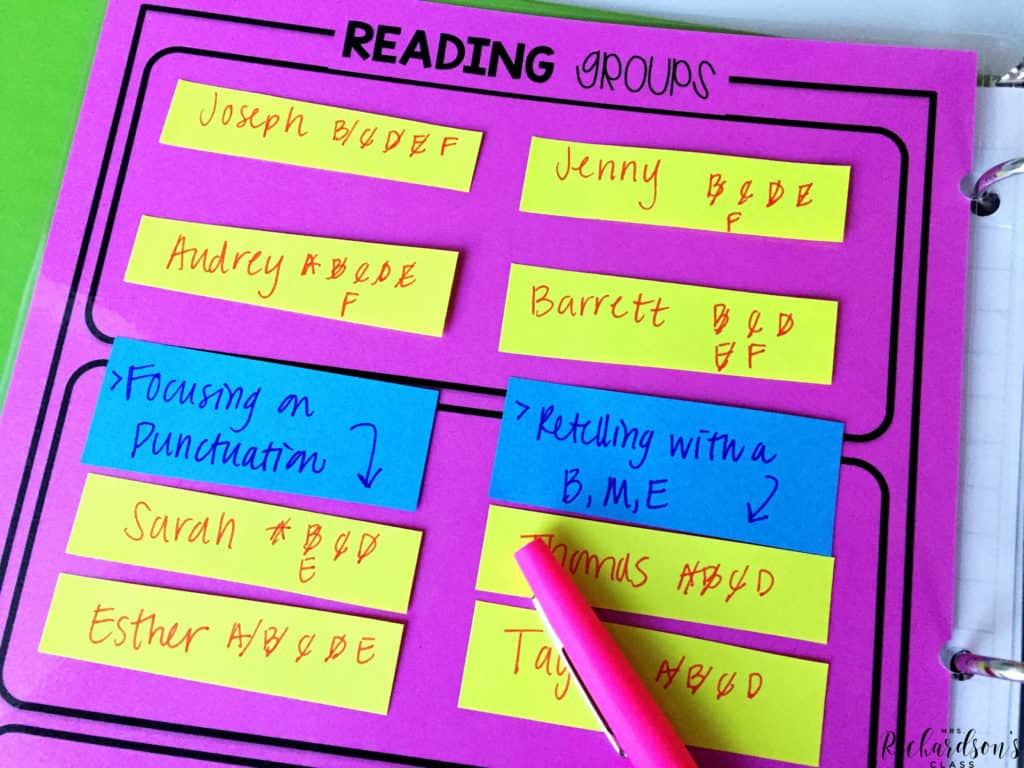
To determine how many groups you can meet with will depend on how long your reader’s workshop block is. Each guided reading lesson is about 20 minutes long. You’ll want to make sure you also have time to conference with about three students individually during independent reading time as well.
Once the new teacher I was chatting with understood that guided reading can work into just about any type of reading block, she felt relieved that she had the freedom to pick and choose how to best serve her students. We all can do that.
If you are looking to grow in your guided reading instruction, join my waitlist for my online professional development course, Guided Reading Unpacked!